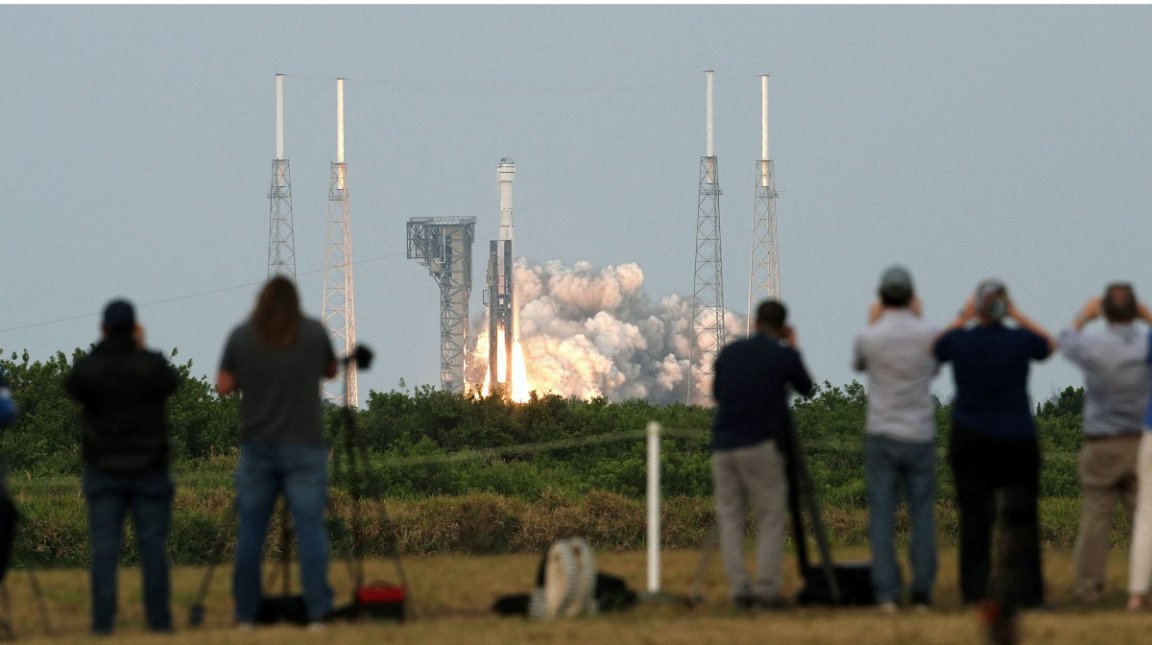
Big Rocket Go Boom
Rocket launch company United Launch Alliance suffered a major setback during testing late last month, resulting in a gigantic fireball erupting at the company’s test facilities at NASA’s Marshall Space Flight Center in Alabama, as seen in a dramatic image obtained by Ars Technica‘s Eric Berger.
There’s a lot we still don’t know about the incident — but we do know that it’s the last thing the company needs, considering already lengthy delays in the development of the rocket and the Blue Origin engines, meant to power it, being tested close by.
While the ULA was hoping to launch the heavy-lift launch vehicle for the first time on May 4, that date was already likely to be delayed even before the explosion took place, Ars Technica reports — which means we should expect even more delays.
Flesh Wound
The incident involved a ULA Vulcan Centuar V upper stage, which erupted in flames due to a massive cloud of hydrogen combusting, sending debris flying dozens of feet into the air.
“Most of what you’re seeing is insulation and smaller bits from the test rig,” ULA CEO Tory Bruno wrote in a response to Berger’s tweet of the image. “One piece of the hydrogen tank’s dome, about a foot square, ended up a few feet away. The test article is still inside the rig and largely intact, which will significantly help with the investigation.”
Ars Technica‘s sources, however, are more pessimistic, suggesting that such a massive “column of burning, clear hydrogen” was likely to do more than just physical damage, as to the ULA’s test article.
Space Drama
The explosion could add even more uncertainty to the development of the ULA’s Vulcan Centaur heavy-lift launch vehicle. Blue Origin’s already long-delayed BE-4 and BE-3U rocket engines are meant to power the rocket, and as Ars reports, the ULA has already been waiting for years for the Jeff Bezos-led company to deliver these engines.
Blue Origin has been building a test stand about 330 feet from the ULA’s testing facility where the incident took place. The explosion of the rocket’s upper stage likely didn’t involve these specific Blue Origin engines, but upgraded versions of the ULA’s existing designs.
There’s a lot we still don’t know about what led to the explosion — was the company getting ready for a test flight, or was it an early prototype?
Either way, we’re likely to see even more delays before the ULA can send its rocket into orbit for the first time.
More on ULA: Alleged Email Leak Shows ULA Plotting Against Elon Musk and SpaceX